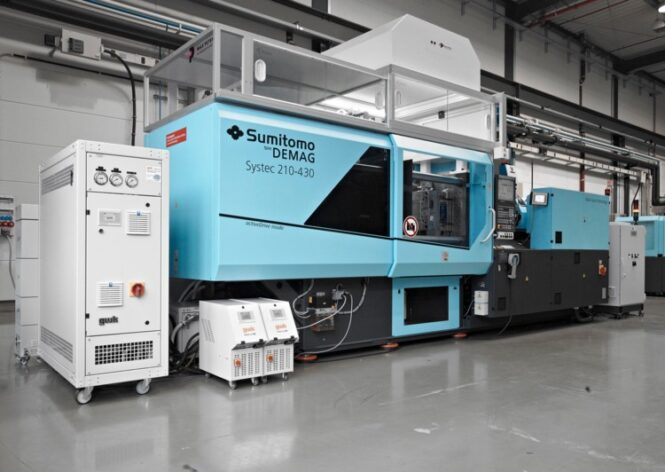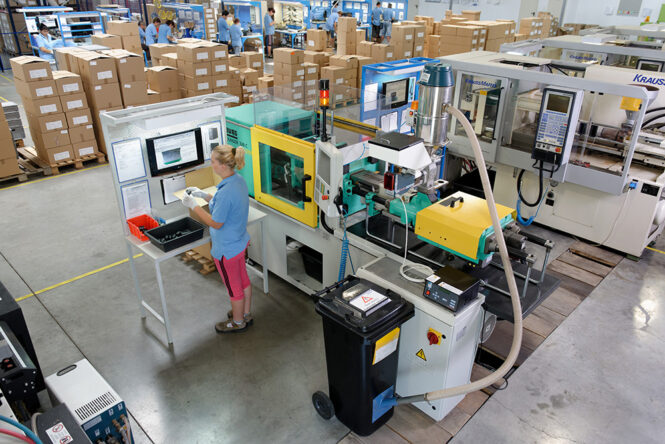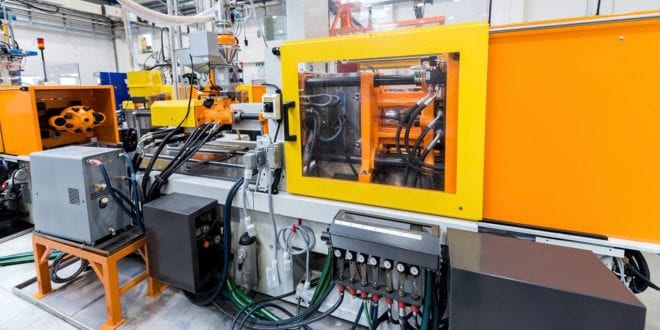Throughout the many years of manufacturing products, innovators and industry-leaders came up with different methods of making their workflow easier, more practical and as efficient as possible. Plastic Injection Molding is one of the most useful methods that’s used for quite some time now, and it is pretty much safe to say that the industry wouldn’t be the same without it.
If you happen to be unfamiliar with the term, worry not, because we are here to explain everything that you need to know. If you are looking forward to working in a factory that uses the method of Plastic Injection Molding, but you are not sure what it is yet, we advise you to stay with us until the end.
Since this introduction is already long enough, and there’s a lot to talk about, let’s end it right here and jump straight into the informative content.
What is Plastic Injection Molding?

Just like we mentioned earlier, this is one of the most important methods which are used for manufacturing certain parts, by injecting melted material inside a mold. Usually, this is done with metals, but other materials see a lot of use as well, depending on the needs and the project.
This manufacturing process is mostly used for mass production, and production in huge volumes, and we’re about to explain why.
Imagine having to create thousands of toys of the same kind, but after each one, you have to waste time and money to create new parts, shapes, and parameters. This already sounds like way too much work, and it is completely unnecessary.
Now, with injection molding, you can use the same parts and parameters to create thousands, or in some cases even millions of same parts without having to replace anything. We’re mostly talking about the mold, which doesn’t have to be replaced due to the sophisticated process.
According to some of the statistics that we have, plastic injection molding is the perfect process for when you need to create millions of same parts, but you are also trying to cut costs to the maximum in the long run. The statistics point out that the more you keep producing, the more the costs drop because it simply scales that way.
However, cutting costs and being very efficient are not the only benefits of this sophisticated manufacturing process, although they are responsible for the wide use of it. Let’s take a look at the other ones as well.
The most repeatable option

Factories that focus on creating thousands of items every week, also aim to make all of those items identical, because otherwise, the customers will be unsatisfied. Now, although almost all methods are much modernized and we have more machines than we have humans in factories these days, it still sometimes happens that imperfections occur.
With Plastic Injection Molding, if you create two items, they will be completely identical, but it doesn’t stop there. The next thousands or even millions of items that you’ll manufacture using this method will be identical as well, making this process the most repeatable option available.
If you are interested in viewing a few perfect examples, as well as some detailed information about how all of this is done and carried out, you can visit Qmolding and take a look for yourself.
Are there any downsides?
Well, we always try to be as transparent and open as we can, so we are going to list some of the things which are considered to be downsides of the Plastic Injection Molding procedure. Just like everything in life, this method is not perfect, so here are some of the downsides that you should know about before trying to utilize it in your manufacturing workflow.
-
Higher upfront costs
Although we mentioned that it’s the cheapest method when it comes to the long-run and the production of millions of identical items, there are quite some costs that you’ll have to cover before beginning your mass-production.
When we say up-front costs, we mostly mean paying all of the things revolving around the design of your original item that’s going to be copied endless times. This sounds like something easy to do, but it’s really not, and here’s why.
When you are trying to perfect your first and original item, you need to make sure that the size, weight, shape and everything else is as perfect as possible. Then, you’ll need to create your injection mold tools and test your entire workflow to find any errors and mistakes.

-
Requires a lot of testing
We described this method as something that’s very “idle”, and once you set it up you don’t have to do anything besides waiting for the mass-production to finish, and although that’s true to a certain extent, it’s not as easy to do in practice. Here’s why.
A mistake that you’ve made in your workflow doesn’t have to show during the first couple of items produced. It can start showing up after the first couple of thousands, and if you are not being careful enough, you might not even notice it in the first place. If you end up messing up thousands of parts, you are losing a lot of money from your business’s budget.
If the injection mold you have is imperfect, your items will be imperfect as well. So, if you notice something like this, you will have to re-visit an injection mold manufacturing facility to correct all of the errors and get new molds.
The downside is that you’ll have to do a lot of testing and that testing costs both time and money until you finally get it right. After that, it’s the easiest and most convenient method when it comes to mass-production, so if you manage to set-up everything as you should, you’ll have absolutely zero problems in the future.
Also, the machinery which is required for setting up your entire workflow is not very cheap, because you’ll need CNC machines, 3D printers, Molds designed out of high-quality materials and the perfect prototype for your item. More about this amazing tools you can find out on handtoolsforfun.
 Imagup General Magazine 2024
Imagup General Magazine 2024



